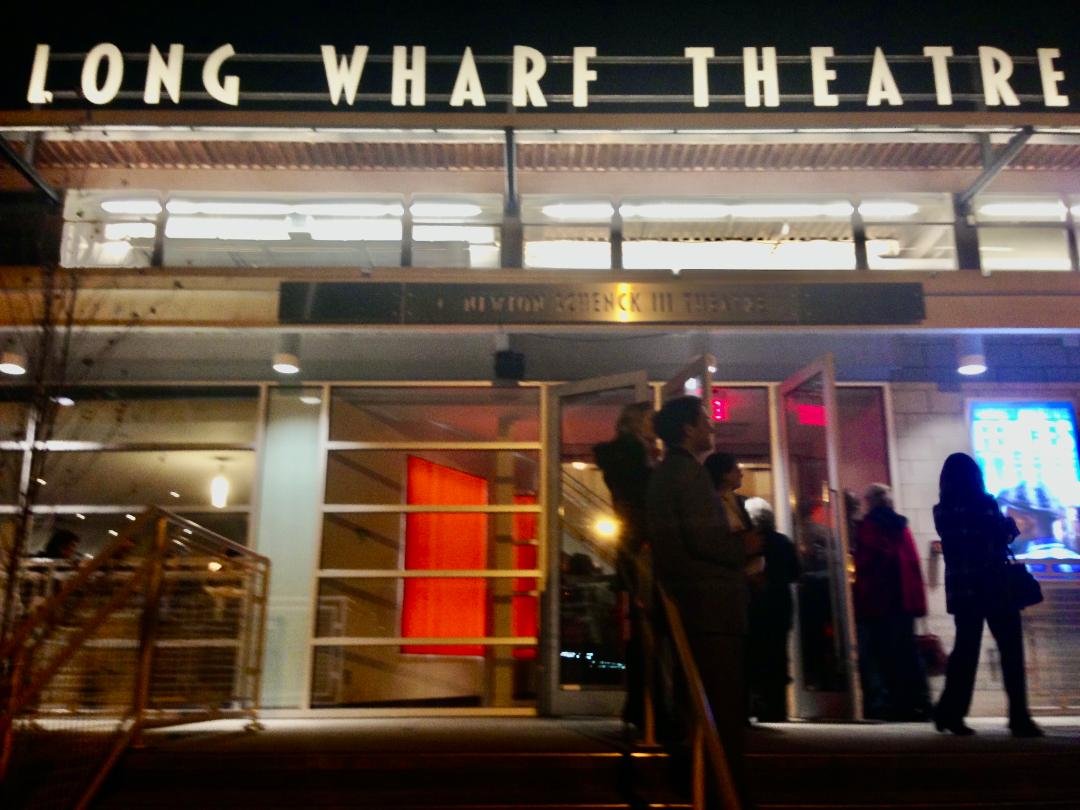The Real Story Behind Long Wharf Theatre's Exit
It was sometime in the late 1970s when I attended my first show at Long Wharf Theatre.
I was new to New Haven and only knew of the theatre—then just a dozen years old—by its reputation for producing intimate classics, contemporary works, and premieres, several of which—The Shadow Box, The Gin Game—had won Pulitzer Prizes, while others (Streamers, The Changing Room, Ah, Wilderness!) had transferred to Broadway. When I arrived, Long Wharf had just won the Tony Award for outstanding regional theatre, only the fourth time the new honor had been presented.
That first show was Spokesong, an American premiere of a Stewart Parker play with music, staged by Kenneth Frankel, a frequent director at the theatre. I remember John Lithgow riding a bicycle in pursuit of love around that intimate thrust stage, surrounded by actors I would come to know well in the ensuing years: Maria Tucci, John Horton, Joseph Maher, Josef Sommer, Virginia Vestoff. I was enchanted by the play, the music, the performances—and by Long Wharf. I was hooked.
Long Wharf would go on to fulfill its mission and earn its nonprofit status by offering great works from the world stage and plays by new generations of writers. Miller, Williams, Albee, Wilder, and O’Neill led the American giants, while the contemporary Brits included David Storey, Peter Nichols, and Simon Gray. South Africa’s Athol Fugard also found an artistic home there, as did international classics from Shakespeare, Shaw, Moliere, Chekhov, Ibsen, Congreve, Coward, Strindberg, O’Casey, Wilde, Turgenev, D.H. Lawrence, Brecht, and Beckett.
You could always count on amazing acting there too: During those early years I saw John Lithgow, Geraldine Fitzgerald, Lois Smith, Mary Alice, Milo O’Shea, Frank Langella, Julie Harris, Hume Cronyn, Jessica Tandy, Tammy Grimes, Colleen Dewhurst, Jason Robards, Frances McDormand, Richard Kiley, Len Cariou, Hal Holbrook, and Nathan Lane, to name just a few. In later years Joanne Woodward, Anna Deavere Smith, Colman Domingo, Martha Plimpton, Dale Orlandersmith, Al Pacino, Martin Landau, Brian Dennehy, Lynn Redgrave, John Douglas Thompson, and countless other masters of the art played the theatre.
So it was a big deal when, earlier this year, it was announced that this storied 57-year-old theatre would leave its longtime home for parts as yet unknown. This fall Long Wharf’s leadership and staff are entering a transitional period of closing up shop, selling off their no-longer-needed inventory of file cabinets and toasters, and placing a half-century of costumes and props in storage. Meanwhile they will continue to plan and fundraise for a future as an itinerant company with a much smaller staff, and an annual budget that will shrink from roughly $5.5-6.5 million to roughly $3.5-4.5 million. After a season of special events and limited-run performances during the fall of 2022 and the spring of 2023, three full productions are planned at various new spaces for the 2023-’24 season.
Though many smaller organizations have made an itinerant production model work for them, Long Wharf may be the first Tony-winning theatre to leave its longtime home for an indefinite nomadic existence. But the financial, artistic, and social exigencies surrounding the move are ones which most not-for-profit theatres anywhere in the U.S. can identify, prompting questions about their own sustainability, mission, and future. At Long Wharf, these questions…|CONTINUED|

